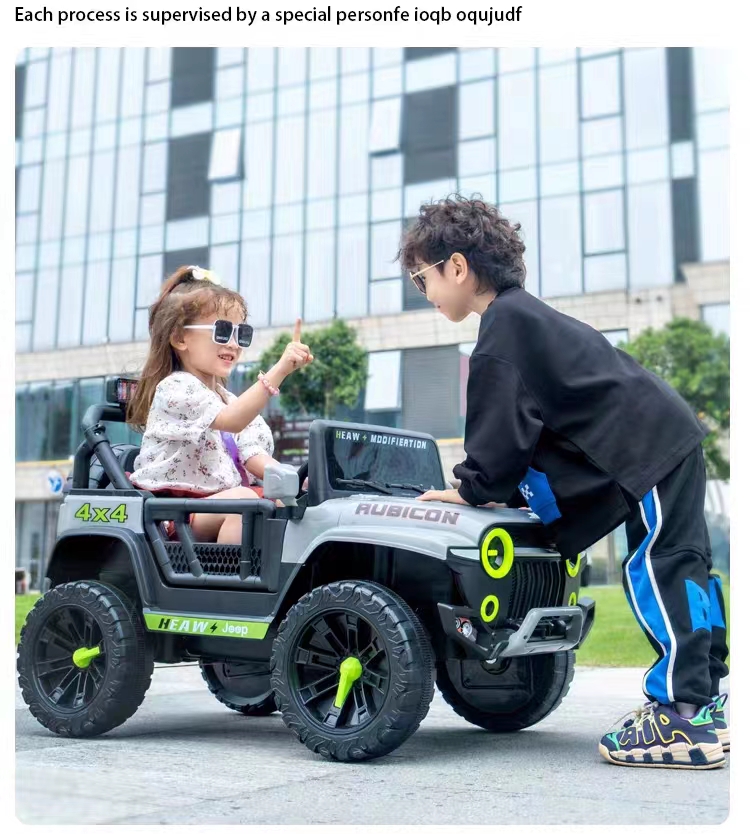what age is a 3 wheel scooter for
What Age is a 3-Wheel Scooter Suitable For?
Three-wheel scooters have become increasingly popular among children and parents alike, providing a balance between fun, exercise, and safety. However, determining the appropriate age for children to start using a 3-wheel scooter involves examining various factors such as safety, skill development, and physical readiness.
Understanding the Benefits of 3-Wheel Scooters
Three-wheel scooters are designed with stability in mind. Unlike traditional two-wheel scooters, the third wheel provides added balance, making it easier for younger children to ride. This feature significantly reduces the risk of falling, which is particularly important for children who are still developing their motor skills. The stability offered by a 3-wheel scooter helps build a child’s confidence as they learn to ride.
In addition to safety, 3-wheel scooters encourage physical activity. Riding a scooter is a fun way for children to engage in exercise while improving their balance and coordination. This is critical for young children, as these skills are foundational for participating in other sports and physical activities later in life.
Recommended Age Range
Most manufacturers and experts recommend that children aged 3 to 8 years old can start using a 3-wheel scooter. For children as young as 3, scooters with a wider base and larger wheels provide increased stability and support. These scooters are typically lower to the ground, which also helps prevent injuries from falls.
By the age of 5 or 6, many children have developed the necessary coordination and balance to handle slightly more challenging models, which may feature adjustable height options and more advanced steering mechanisms. However, it’s crucial for parents to assess their child’s individual readiness. Some children may be more physically adept at a younger age, while others may take more time to develop the necessary skills.
Safety Considerations
While 3-wheel scooters offer a safer riding experience than 2-wheel scooters, there are still safety precautions that parents should keep in mind. Always ensure that the child wears appropriate protective gear, including a helmet, knee pads, and elbow pads. This gear can significantly reduce the risk of injury in case of falls.
what age is a 3 wheel scooter for

Supervision is another critical aspect. Even though these scooters are designed for safety, younger children may require adult supervision, especially when learning to ride. Parents should create a safe riding environment, free of obstacles and hazards, and ideally in a flat, open area away from traffic.
Tips for Introducing a 3-Wheel Scooter
When introducing a 3-wheel scooter to a child, it’s essential to make the experience enjoyable and pressure-free. Here are some tips for a smooth start
1. Choose the Right Model Select a scooter that fits your child’s size and skill level. Some scooters are designed for younger children with safety features that cater to their unique needs.
2. Start Slow Allow your child to become familiar with the scooter before attempting to ride it. Encourage them to explore the scooter, understanding how to balance and steer.
3. Practice Movements Teach your child how to push off with their foot and how to steer. Controlled environments, such as a driveway or park, can make great practice areas.
4. Encourage Confidence Celebrate small achievements as your child gains confidence. Avoid pushing them to take on challenging tasks too soon.
5. Set Riding Rules Establish guidelines for safe riding, such as staying in designated areas, looking out for obstacles, and riding at a safe speed.
Conclusion
In summary, 3-wheel scooters are an excellent option for children aged 3 to 8, promoting physical activity while ensuring a safer riding experience. By understanding the appropriate age for use, prioritizing safety, and implementing thoughtful introduction strategies, parents can help their children enjoy the benefits of scootering. This outdoor activity not only fosters physical fitness but also enhances social interactions and develops crucial motor skills, all while having fun. As always, remember that every child is different, so take the time to assess your child’s readiness for this exciting ride!
-
Children's Tricycle: Enlarged Seat, Sunshade & Safety Push BarNewsAug.31,2025
-
Sports Kids Bike: High Carbon Steel Argon Arc Welded Frame | Beautiful GiftNewsAug.30,2025
-
Ultimate 24V Children's Car: Power, Fun & Safety for KidsNewsAug.29,2025
-
Children's Electric Car Ride Ons: 2-Seater, Bumper & Audi ModelsNewsAug.28,2025
-
Understanding Voltage in Battery for Children's Motorized CarNewsJun.05,2025
-
Safety Features to Look for in an Electric Car for KidsNewsJun.05,2025
